California’s Top-Two Primary Eliminates Third-Party Rivals
Primary elections originated in the American progressive movement and were intended to take the power of candidate nomination away from party leaders and deliver it to the people. California’s top two primary takes power away from those third parties representing the 99 percent and delivers it to the 1 percent.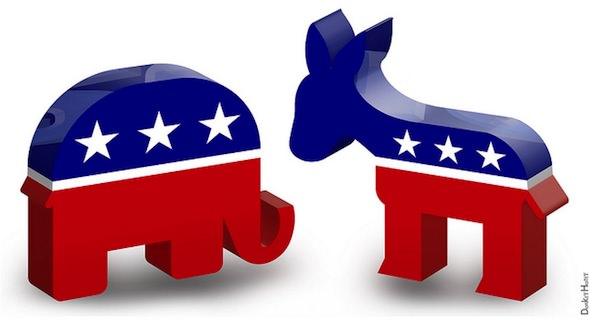
By Ellen Brown, Web of DebtThis piece first appeared at Web of Debt.
Voters have increasingly become disillusioned with the Democratic and Republican Parties. According to a poll reported by Rasmussen in April, more than half the country believes that neither of the top two parties represents the American people. As presidential candidate Ron Paul remarked in 2011:
These parties aren’t different, they’re all the same. The monetary policy stays the same. The welfare system stays the same. The foreign policy stays the same. . . . There is but one party.
Or as Ronald Reagan put it, “We don’t need a third party. We need a second party.”
A recent Gallup poll found that nationwide, the share of registered voters identifying as independent has hit a record high of 42 percent. That trend also holds true in California. Yet no third-party or independent candidate for state-wide office will appear on the California general election ballot in November. All were eliminated by Top Two, the new electoral system ushered in by Proposition 14 in 2010. It excludes all but the top-two primary vote-getters from advancing to November, and that effectively means all but the top two political parties.
In the June 3rd California primary, the highest number of votes received by any third party or independent candidate was 218,847, representing 6.4% of voters. That count went to me, running as a Green for state treasurer on a state bank platform. It was the highest percentage ever gotten by a Green in a statewide partisan California election, but it was not enough to leap the top-two barrier. Laura Wells, also running as a Green on a state bank platform, received 5.6% of the vote for state controller. All other third party and independent statewide candidates got a lower percentage in their races, except for one independent who just placed fourth. That means only Democrats and Republicans will be debating the issues in November.
Top Two has not only foreclosed third-party candidates from the general election but has made it substantially harder for them to get on the primary ballot. From 1992 to 2010, the Green, Libertarian, Peace and Freedom, and American Independent parties averaged 127 primary ballot candidates among them in each election cycle. In 2012, in Top Two’s first year, they were able to qualify only 17 for state legislative and congressional races, the fewest since 1966, when only Democrats and Republicans were on the ballot. This dropped to 13 in 2014, with only 10 others running for quadrennial statewide offices, down from 33 in 2010.
California’s Controversial Proposition 14
On Feb. 19, 2009, between 4 and 7 a.m., without any public notice or public hearing, the Legislature placed a major constitutional electoral reform – Proposition 14 – on the June 2010 primary ballot and approved its companion statute, Senate Bill 6.
The Voter Information Guide did not provide a summary or text of SB 6, which fleshes out critical details of Proposition 14; nor did Proposition 14’s official ballot title and summary refer to it. Many potential negative effects of Top Two were hidden from voters, and opportunities to vet and correct them before the measure was placed on the ballot were denied to the public.
This left the field wide open for California’s largest corporations – which enthusiastically favored Proposition 14 because they thought it would result in the election of corporate-friendly public officials – to flood the airwaves with propoganda about how Top Two would increase voter choice. In fact, it has done the opposite, to the point of excluding “no corporate money” candidates from the general election debate.
Several other barriers to participation were added or strengthened by Top Two, without the prior vetting of voters. The number of signatures needed to be on the statewide primary ballot without paying an expensive filing fee jumped from 150 to 10,000 for smaller-party candidates – and that puts the candidate on the ballot only for the June primary, not into November as under the previous system.
Meanwhile, the fee for a candidate statement in the Voter Information Guide – the chief way many voters learn about candidates – was raised to $25 per word, putting the cost of a full statement at more than double the candidate filing fee. The result was to radically reduce the number of words many smaller-party candidates can afford.
The Legislature even eliminated general election write-in candidacies – a right Californians have enjoyed since statehood in 1850.
By eliminating party primaries, Top Two increased the cost of running for office – and the need for early big money – for candidates from all parties. Candidates now have to campaign to the entire electorate in June as well as in November (assuming they manage to reach the general election). That means the role of money in California politics has only increased as a result of Top Two, making it even easier for “the 1%” to buy elections.
A Voice in the Debate
California houses 39 million people, far too many to reach by knocking on doors. Many people get their news on television. But candidates who cannot afford to buy advertising airtime and who are not invited to the televised debates (or even to the non-televised ones covered by the print media) cannot reach the broader population. That effectively means all candidates without big corporate money backing or enough personal wealth to self-fund.
Third-party candidates have long been excluded from televised debates, on the pretense that they have not polled well enough or raised enough money to be “viable candidates.” Yet hundreds of thousands, if not millions, of voters share their views on various issues. Without big money to contact voters or exposure in the debates, however, third party and other grassroots candidates cannot poll high enough to qualify because voters don’t know anything about them, creating a vicious circle of disempowerment. But it gets worse. Apparently even the appearance of dissent to the corporate dominance of our politics cannot be tolerated. When Laura Wells attended the Brown-Whitman California gubernatorial debates in San Rafael, California, in 2010 – a race in which she was then the Green Party candidate for governor – she was arrested just for trying to attend and sit in the audience with a ticket. The charge, she said, was perfect: “trespassing at a private party.” Jill Stein, the 2012 Green Party candidate for US president, was similarly arrested for merely attempting to attend the presidential debates at Hofstra University, from which she had been excluded. In 2000, then-Green presidential candidate Ralph Nader was blocked from entering a viewing party in the building next door to the presidential debate from which he had been excluded. And in 2002, California Green gubernatorial candidate Peter Camejo was excluded from a gubernatorial debate although he was on the guest list of the Republican nominee in the debate.
Taking Back Our Democracy
Under the current electoral system, corporate-funded politics are strangling democracy. Our political party system needs to be radically overhauled.
At the federal level, the presidential debates are controlled by the Commission on Presidential Debates, a private corporation run by the Democrat and Republican parties and funded by corporate America. The Green Party’s alternative is to create a new publicly-funded People’s Commission on Presidential Debates, and to open its presidential debates to all candidates who appear on at least as many ballots as would represent a majority of the Electoral College and who raise enough funds to otherwise qualify for general election public financing. Also recommended is to amend federal law to remove the non-profit tax exemption status that allows corporations to fund the existing Commission on Presidential Debates and other exclusive, privately-controlled debate entities.
In California, the Green Party recommends overturning Top Two and replacing it with a system of multi-seat districts with proportional representation in the legislature. A constituency or party receiving 10% of the vote would win 10% of the seats, 30% of the vote would win 30% of the seats, and so on. This would lower the cost of getting elected while increasing the diversity of representation to more accurately reflect the voters.
For single-seat statewide executive office, Ranked Choice or “Instant Runoff” Voting is recommended, and has been successfully implemented in a number of countries and municipalities. Voters rank their choices by preference. In a five way race, a voter’s first choice gets five points and his last choice gets one point, with other selections in between. The candidate with the most points wins. There is only one election, so issues get discussed and minor party candidates get heard right up to the end. Ranked Choice Voting gives people more power to vote their true preferences, without being trapped in the “lesser-of-two-evils” dynamic that has been used to stifle real dialogue and choice.
For all elections, public financing is needed, in order to ensure that voters hear from all candidates rather than just the most well-funded.
The money is with the 1%, but the vote count is with the 99%. We can prevail, if we can get that great mass of disillusioned voters into the voting booths. And that is just the sort of game-changing event that Top Two is calculated to prevent.
Ellen Brown is an attorney, founder of the Public Banking Institute and the author of twelve books, including the best-selling Web of Debt. Her latest book, The Public Bank Solution, explores successful public banking models historically and globally.
Your support matters…Independent journalism is under threat and overshadowed by heavily funded mainstream media.
You can help level the playing field. Become a member.
Your tax-deductible contribution keeps us digging beneath the headlines to give you thought-provoking, investigative reporting and analysis that unearths what's really happening- without compromise.
Give today to support our courageous, independent journalists.


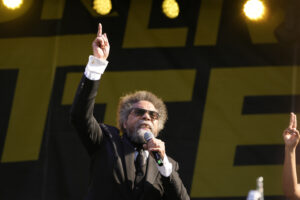
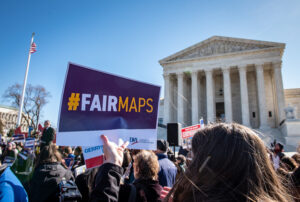
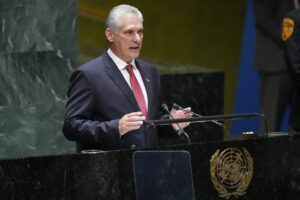
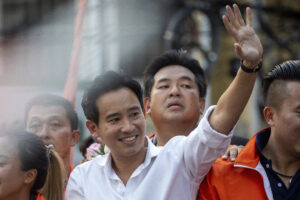
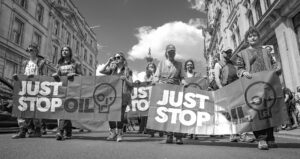

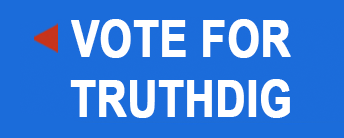
You need to be a supporter to comment.
There are currently no responses to this article.
Be the first to respond.